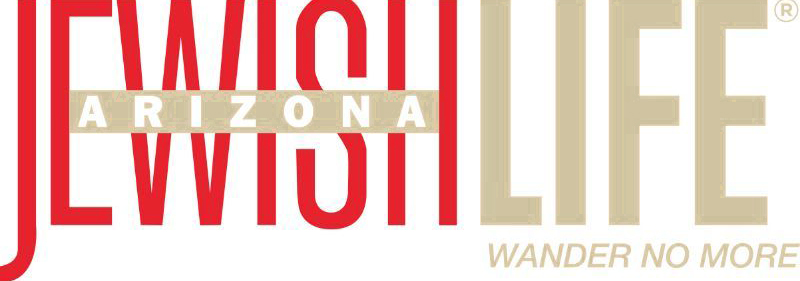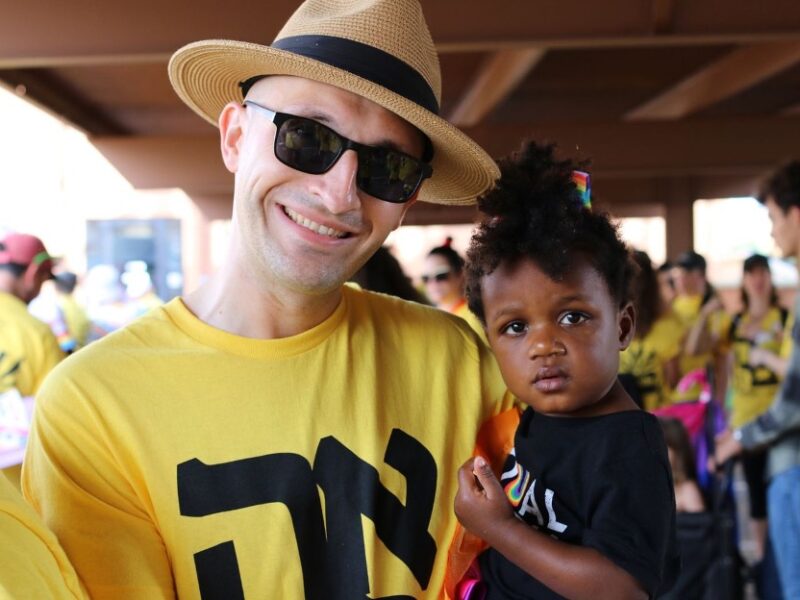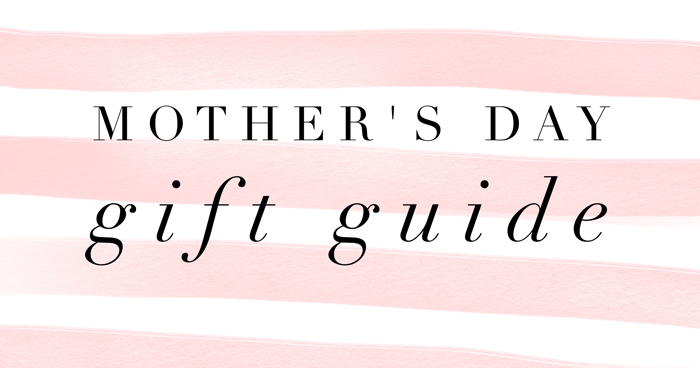How many of you have lost someone to diseases like leukemia, Hodgkin’s disease or lymphoma? Have you watched a friend or loved one suffer with lupus or breast cancer? Maybe you’ve tested positive as a carrier of Tay-Sachs disease and have been advised against having children. There are a lot of crippling and fatal diseases out there that hit hard, destroy lives and decimate families.
But what if I told you that there were at least 70 of these life-threatening diseases that could be successfully treated using umbilical cord blood that right now is mostly discarded as medical waste after a mother gives birth. Would you think it’s amazing? Welcome to the growing world of cord blood banking.
Every day more than 6,000 patients are in search of a suitable bone marrow donor or stem cell match for a variety of cancers and blood diseases. According to the National Marrow Donor Program (NMDP), bone marrow or cord blood transplants could save more than 35,000 lives each year.
But finding a perfect bone marrow match is often a timely and difficult process. While blood stem cell matching helps to solve this problem, public blood stem cell banks simply do not have enough inventory to meet the demands of all in need. That’s why Dr. Gina Dado retired from her successful Paradise Valley OB/GYN practice to join forces with CORD:USE, a life science and service company dedicated to collecting, processing and delivering life-saving stem cell transplants to patients around the globe.
Dado is now a national cord blood educator and consultant for CORD:USE and speaks around the country to help educate expectant parents on the ease, necessity and numerous benefits of donating umbilical cord blood. “Ninety-five percent of these life-saving stem cells are currently being thrown away,” explains Dado. “The other five percent goes into private and public cord blood banks.”
Private cord blood banking, or “family cord blood banking,” stores umbilical cord blood for the exclusive use of the child or family that provided the cord blood. This costs a fee and is available at all U.S. birthing hospitals. Not only is a baby’s cord blood an exact genetic match to that child, it also has a 30 percent chance of being an exact, or very close match to the child’s siblings. By privately banking, a family ensures that their baby’s cord blood will be there to treat a variety of life-threatening diseases should a loved one ever be diagnosed with an illness that is treatable with cord blood.
“Privately banking your baby’s cord blood costs approximately $2,000 for the initial processing and storage,” continues Dado. “It’s only about $125 a year after that. Plus, there are payment plans, gift registries and other programs that allow grandparents to contribute to private accounts.” Private cord blood banking makes sense for certain families. But if you’re not in the financial position to privately bank, why not simply donate your baby’s cord blood to a public banking facility that can distribute it to patients in need?
Here’s how cord blood is collected. After a baby’s delivery, once the umbilical cord is clamped and the baby is safely in its mother’s embrace, the blood is collected from the umbilical cord and placenta. It then goes to a lab at Duke University for processing. Once tested and approved, your baby’s cord blood will be typed, processed and cryopreserved for storage. The cord blood will then be listed in a global registry with the identities of mother and child kept strictly confidential.
So why wouldn’t expectant parents donate umbilical cord blood? Public banking costs nothing, will not harm the mother or newborn, takes literally no effort, and saves cord blood from simply being discarded. Currently CORD:USE cord blood bank has donation programs in a select number of hospitals across the country. “This is not embryonic stem cell research,” clarifies Dr. Dado. “There is no ethical dilemma here. It’s all about saving lives.”
To date, Dado affirms that more than 30,000 transplants have occurred worldwide. She hopes that we will continue to see cures for more and more diseases as research and facilities increase. Says Dado, “Type 1 diabetes and cerebral palsy are two potential diseases we hope to be able to cure with stem cells in the next few years.” And she asserts the need to educate parents and get them into the public registry.
On Nov. 26 CORD:USE is launching a huge program with Scottsdale Healthcare Shea Hospital to encourage expectant parents to freely donate their baby’s cord blood. If you or someone you know is expecting, encourage the family to seek out more information on CORD:USE and cord blood banking.
On Nov. 26 CORD:USE is launching a huge program with Scottsdale Healthcare Shea Hospital to encourage expectant parents to freely donate their baby’s cord blood. If you or someone you know is expecting, encourage the family to seek out more information on CORD:USE and cord blood banking.





